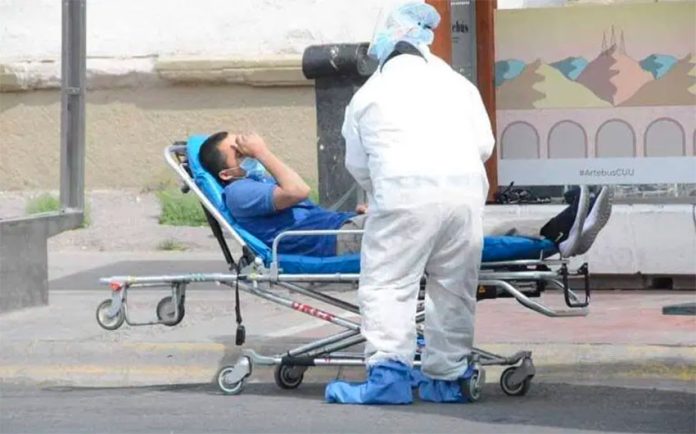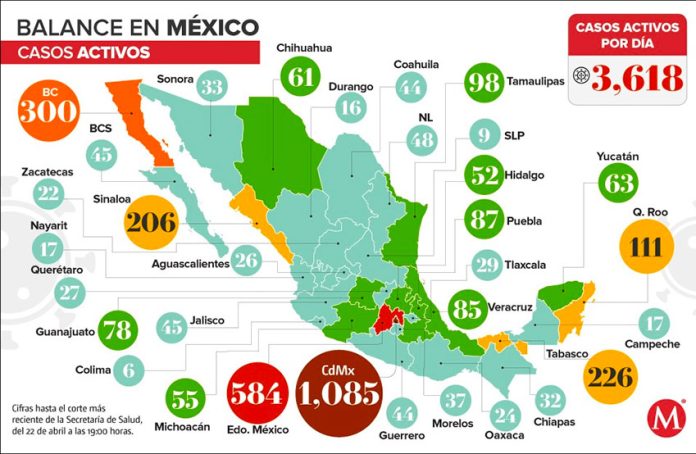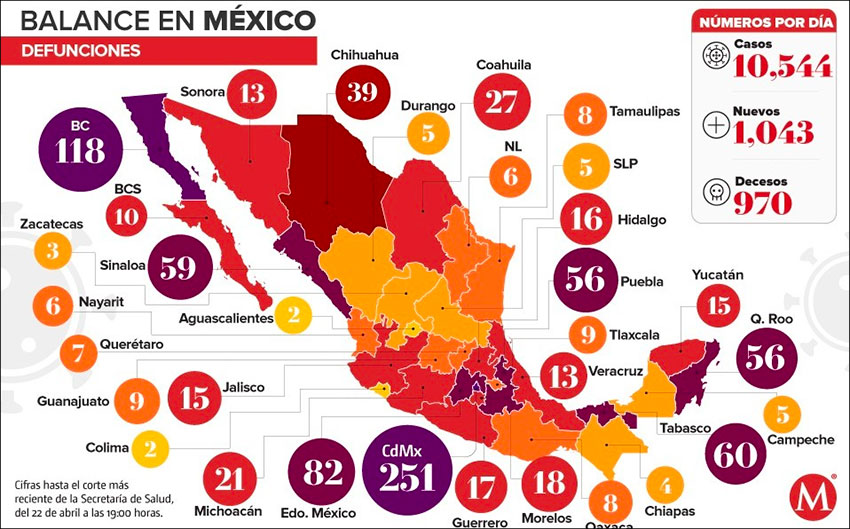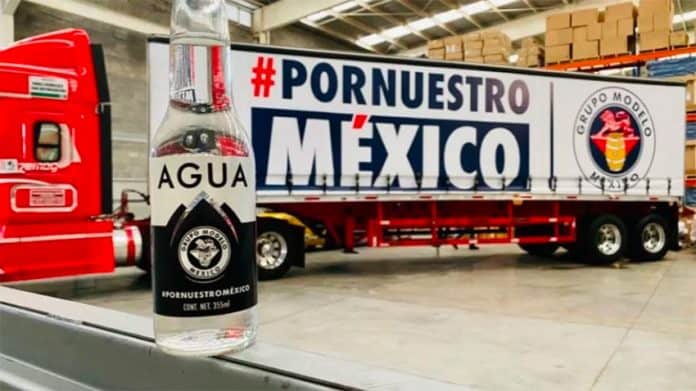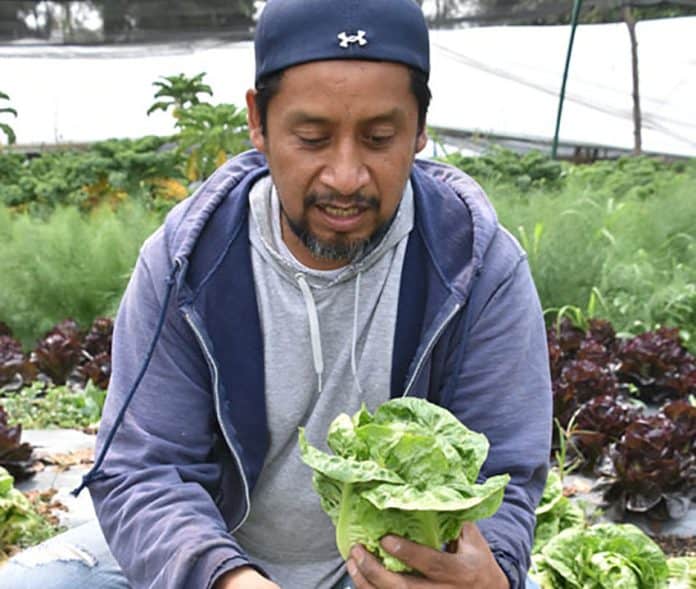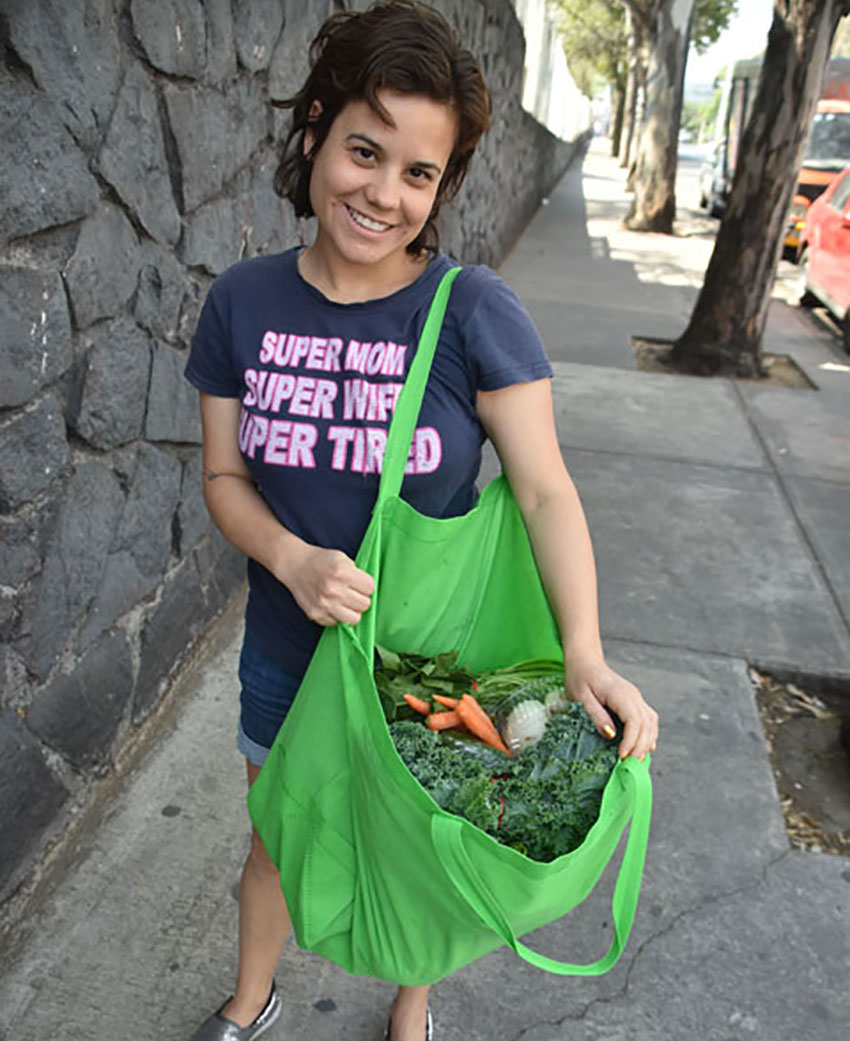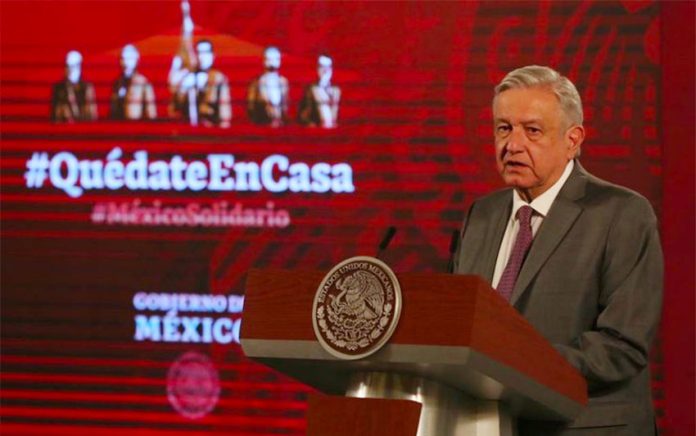Governments across the globe are scrambling to provide ventilators for critically ill coronavirus patients, and Mexico is no different. The country may need up to 20,000, experts say, and currently only has 3,000.
So the government’s announcement that it has approved the production of ventilators developed by the National Council for Science and Technology (Conacyt) may be welcome.
President López Obrador said a French aerospace company based in Querétaro will produce Conacyt’s device, and make around 500 a week. The first batch is set to be delivered by the first or second week of May, which health officials suspect will be when the virus begins to peak.
The ventilators’ approval came from the Federal Commission for Protection Against Sanitary Risk (Cofepris).
Meanwhile, five other low-cost ventilator production projects are on hold pending Cofepris approval. Three Mexican universities, Volkswagen and the non-profit Reesistencia Team México have plans to make the device.
The latter is a working group of 25 multi-disciplinary engineers out of Sonora looking to use equipment like 3D printers to produce ventilators, mimicking a similar project in Spain. The name is derived from their goal of helping people “resist” the virus.
During a recent press conference, the president said a second ventilator prototype developed by Conacyt is in the final phase of testing and could be in production by the third week of May.
However, while ventilators are sorely needed, having them doesn’t necessarily mean survival for those who are gravely ill.
A new study by the Journal of American Medical Association found that, in New York, 88% of coronavirus patients on ventilators it tracked died. That’s a sobering rate of morbidity and much higher than the 50% survival rate many doctors had hoped for.
“For those who have a severe enough course to require hospitalization through the emergency department it is a sad number,” said Karina W. Davidson, a professor at the Feinstein Institutes for Medical Research at Northwell Health, who authored the study.
Source: Xataka (sp), El Universal (sp), El Financiero (sp), The Washington Post (en)
